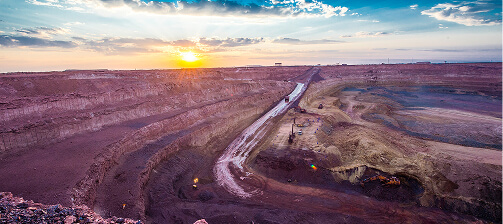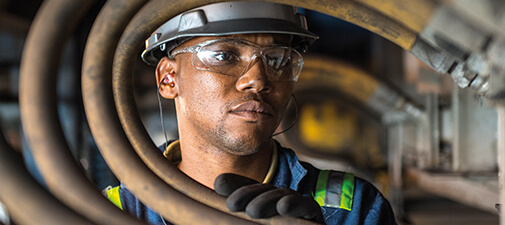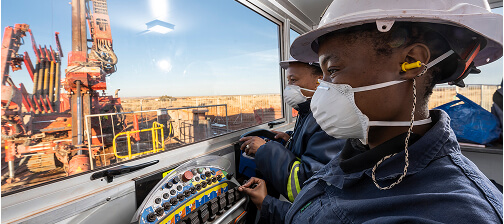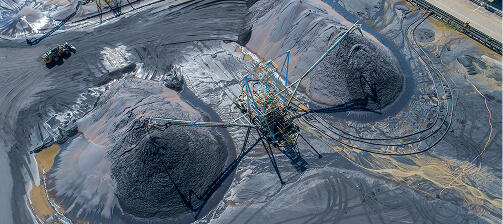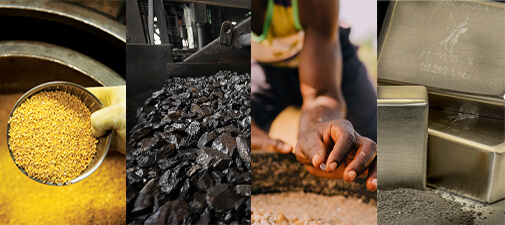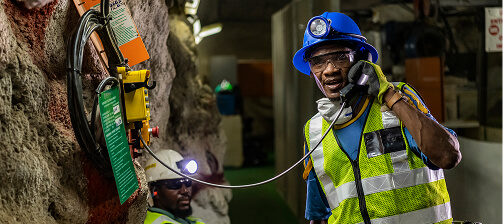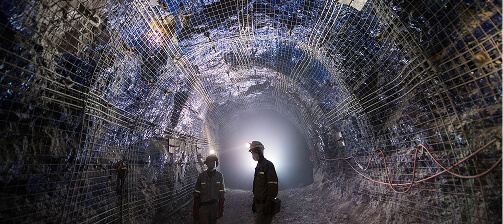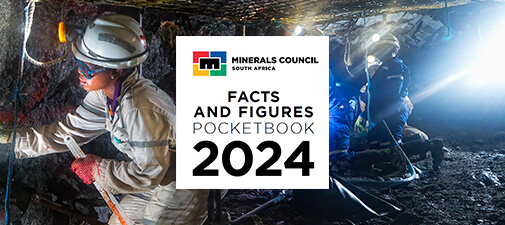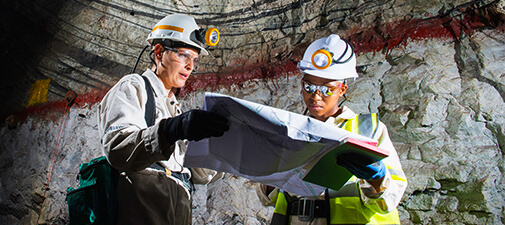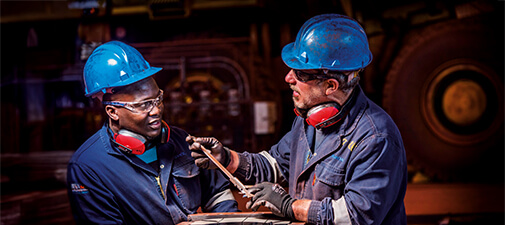On this day in 1986, 177 miners lost their lives, and another 235 miners were injured in one of South Africa’s worst mining disasters.
The use of an acetylene torch sparked flames that spread rapidly through the mine, igniting plastic insulation on wiring and polyurethane foam sprayed on walls to keep them dry. Polyurethane foam contains a sealant that emits toxic and dangerous fumes when it burns, and many of the miners succumbed to the toxic fumes emitted by the burning sealant.
Within a day of the accident, the then Chamber of Mines (now the Minerals Council South Africa) established a Hazardous Material Unit as part of its research arm. And this unit’s work led to the withdrawal of many potentially toxic plastics from underground mines. Consequently, these materials were replaced with safer products. It is also a regulatory requirement for mine equipment, where feasible, to be built and fitted with non-flammable materials as well as flame retardants. As an added measure, the country’s gold mines were equipped with self-contained self-rescue equipment.
Within a day of the accident, the then Chamber of Mines (now the Minerals Council South Africa) established a Hazardous Material Unit as part of its research arm. And this unit’s work led to the withdrawal of many potentially toxic plastics from underground mines. Consequently, these materials were replaced with safer products. It is also a regulatory requirement for mine equipment, where feasible, to be built and fitted with non-flammable materials as well as flame retardants. As an added measure, the country’s gold mines were equipped with self-contained self-rescue equipment. The establishment of the Mine Health and Safety Council (MHSC), recommended by the Leon Commission of Inquiry of 1993, identified the lack of an on-site emergency response plan as a key area of concern underground. As a result, the Mining Regulation Advisory Committee commissioned the compilation of guidelines for the Mandatory Code of Practice for Emergency Preparedness and Response, which can be accessed here: https://bit.ly/3L4fxLy
Early and effective underground fire control is now possible through advanced and continuous mine-monitoring control systems, coupled with fire detection and suppression systems. In 2014, the Mine Health and Safety Act regulations relating to rescue, first aid, emergency preparedness and response were amended, further leading to the introduction of refuge bays and self-contained rescuers. These refuge bays are equipped with respirable air, potable water, ablution facilities, illumination, first-aid equipment and a robust communication system that connects to surface. The updated Mine Health and Safety Act regulations relating to rescue, first aid, emergency preparedness and responses can be accessed here: https://bit.ly/3qrHDXy.
Continuous efforts are made by the industry to protect all mineworkers, with prevention as the most important mitigation control, coupled with good housekeeping and stringent maintenance of a mine’s Code of Practice to ensure a disaster like the one at Kinross is not repeated at any South African mine.
The Minerals Council South Africa and its members are committed to ensuring that each and every mineworker returns from work unharmed and healthy every day.
![Logo MCSA [logo]](/templates/chamber/images/logo.svg)

